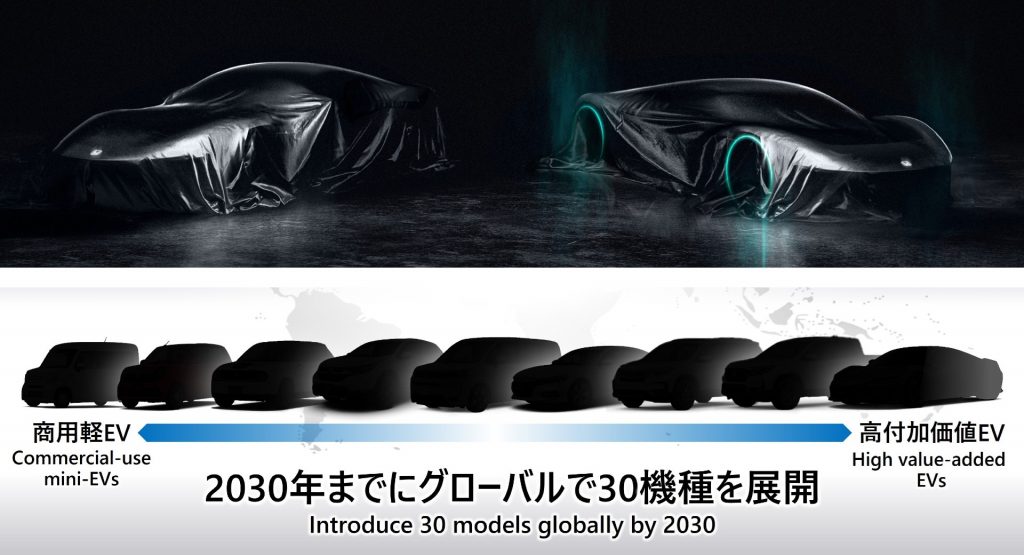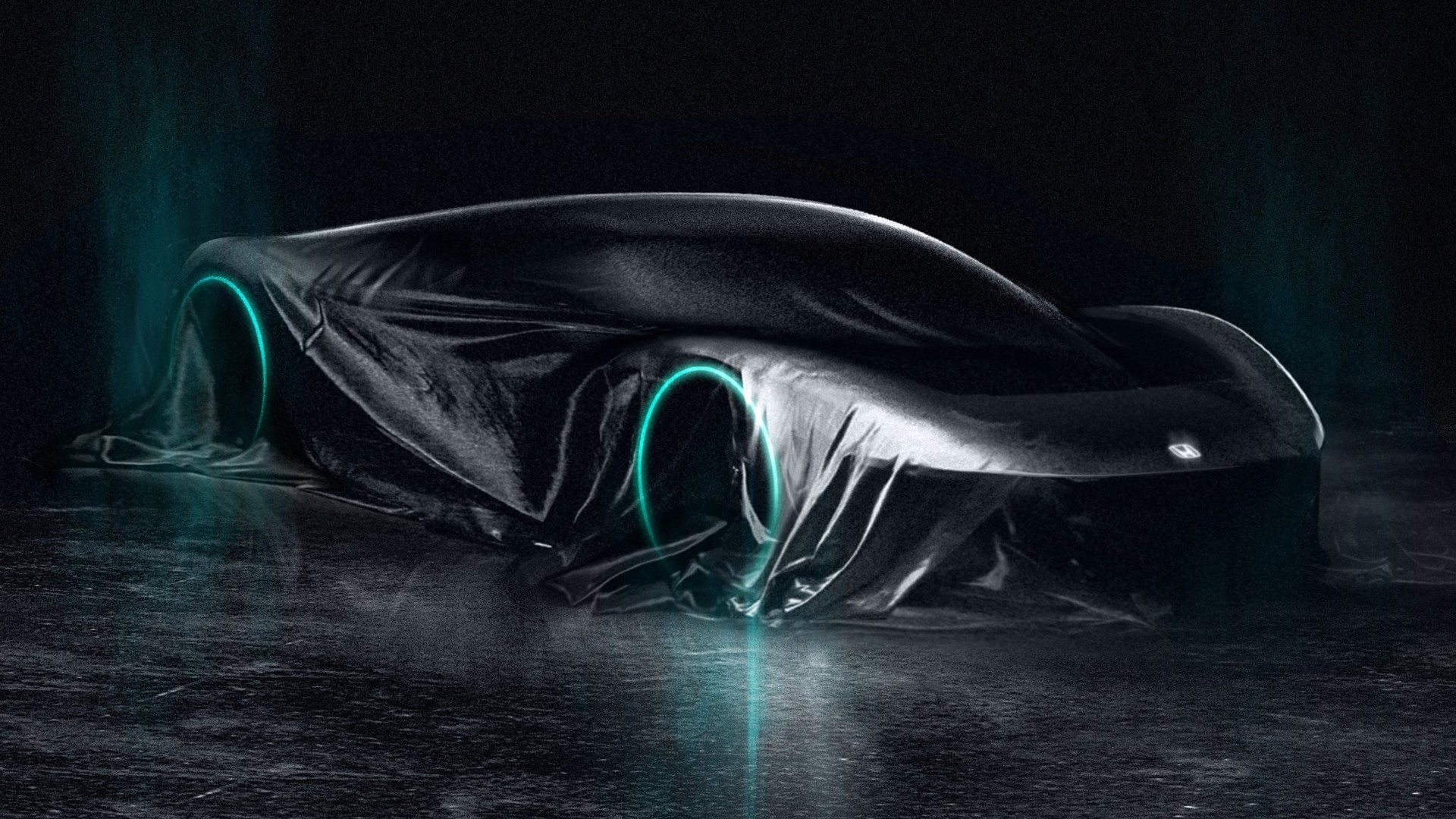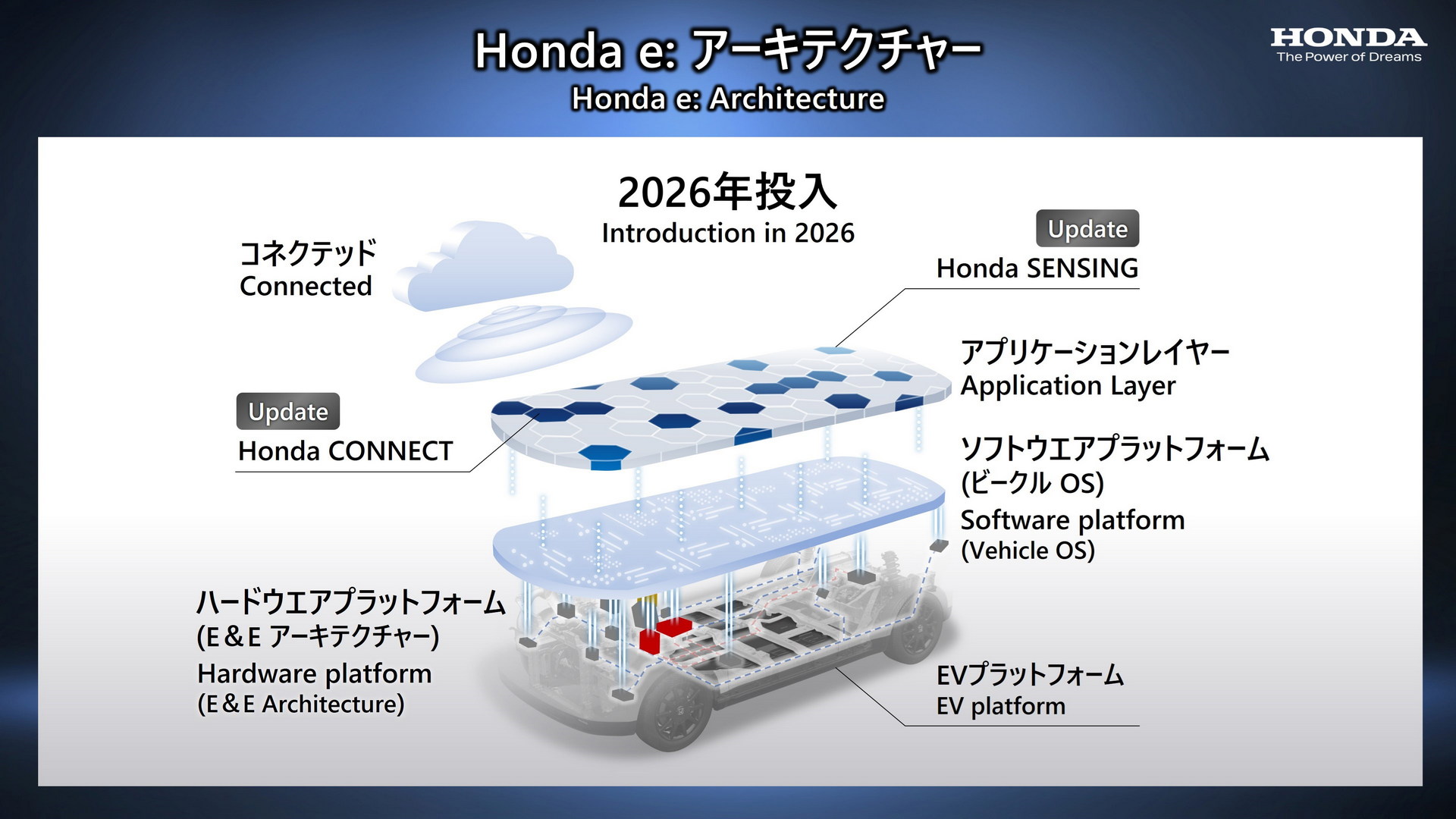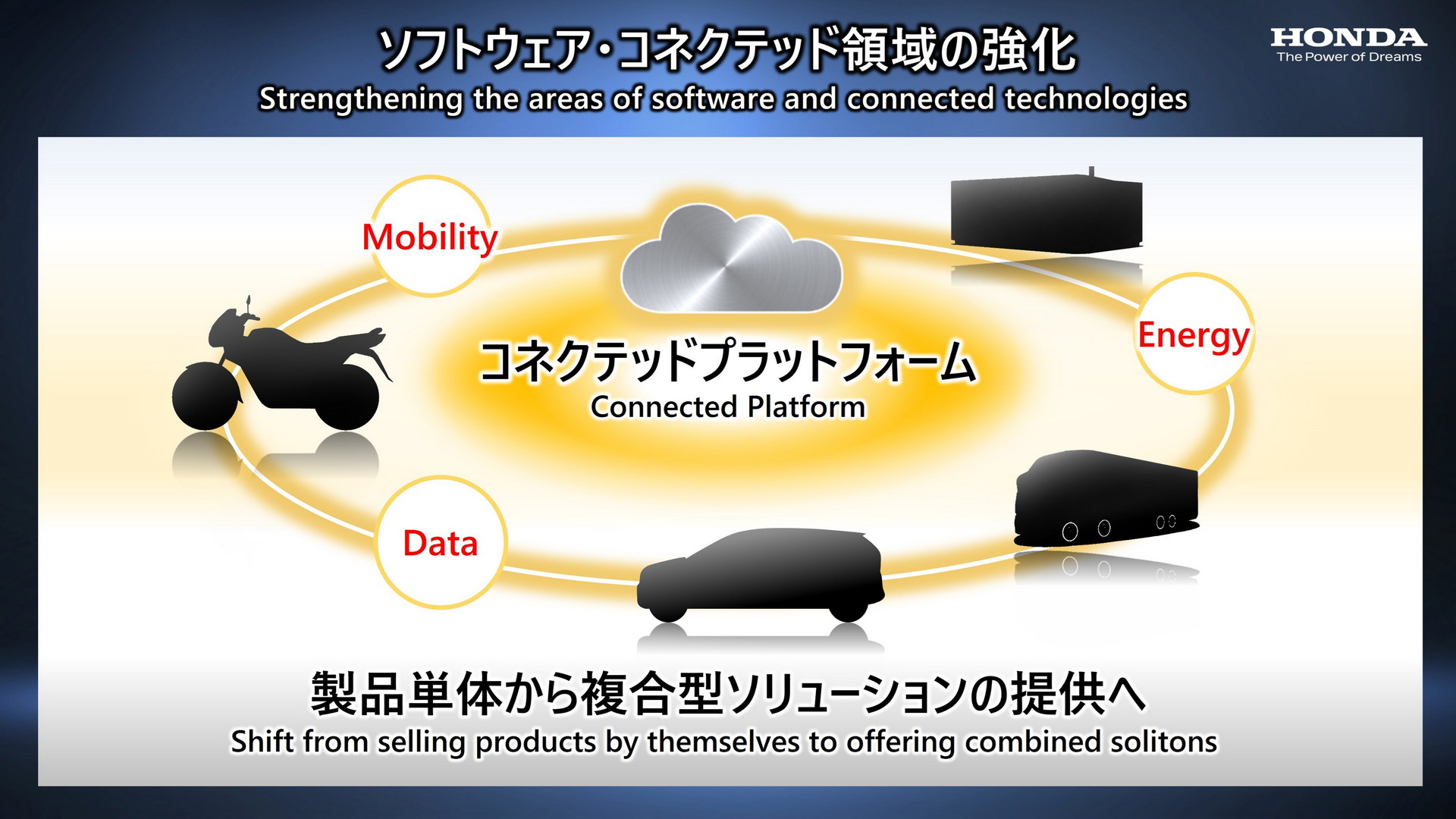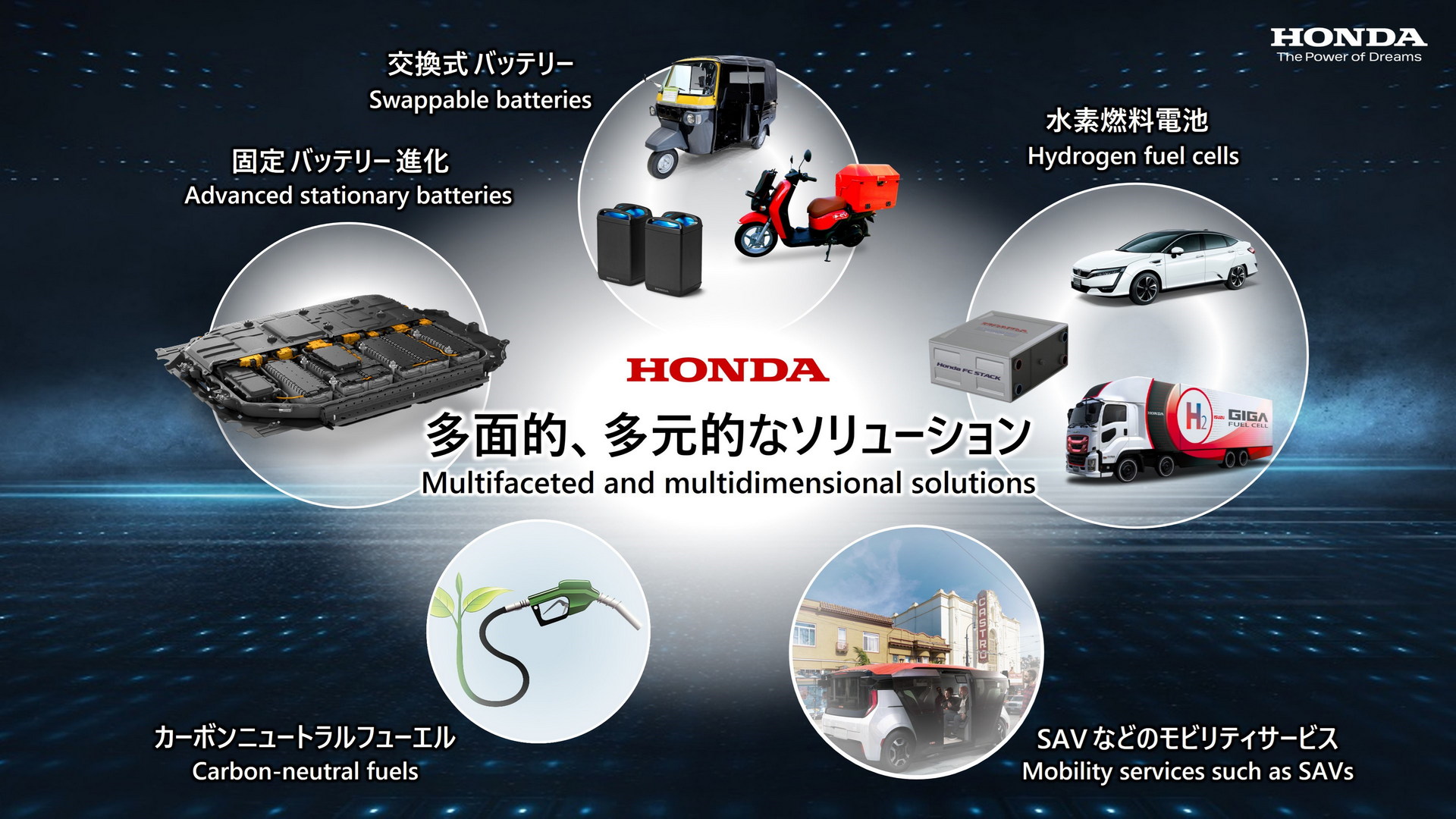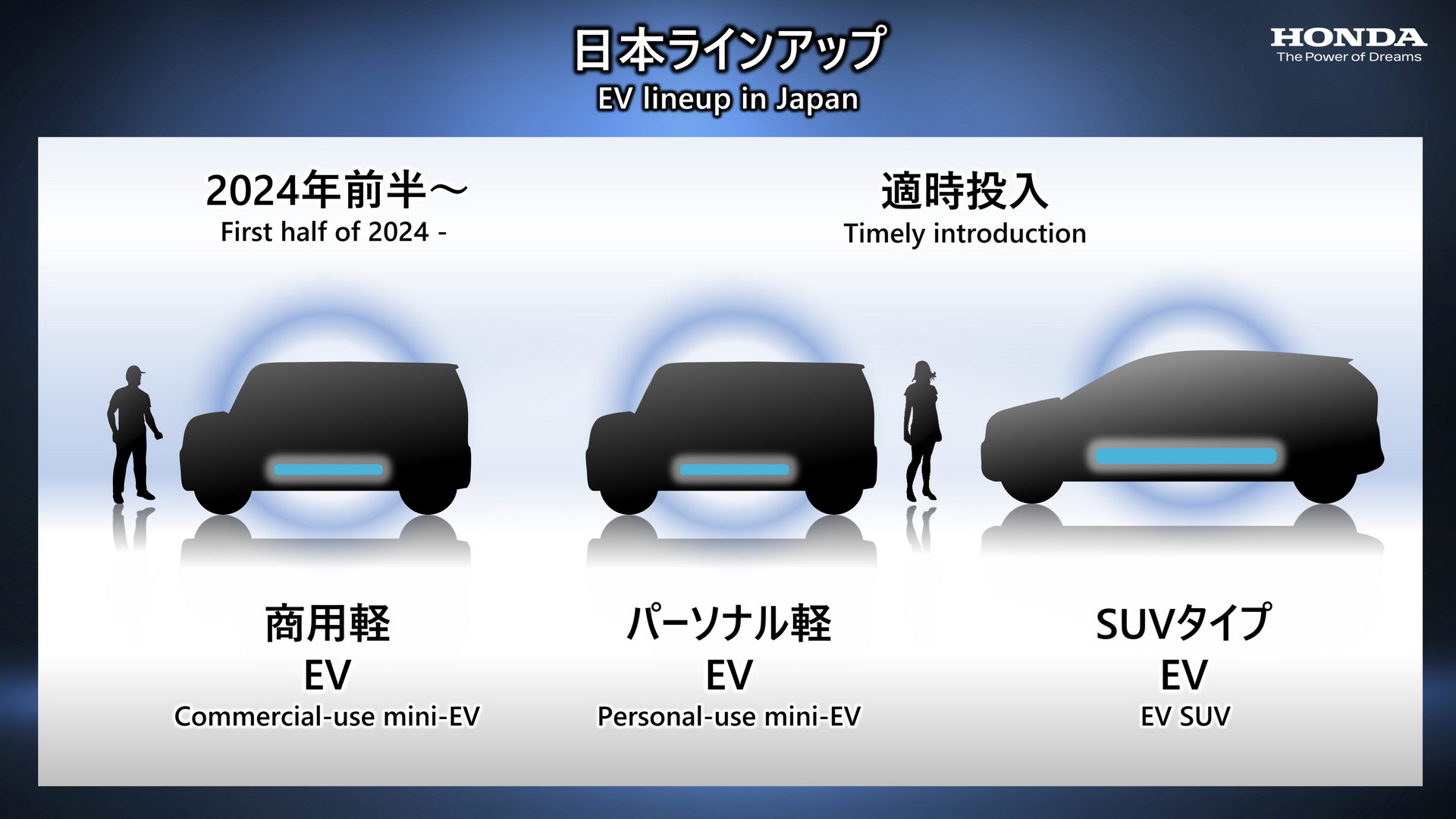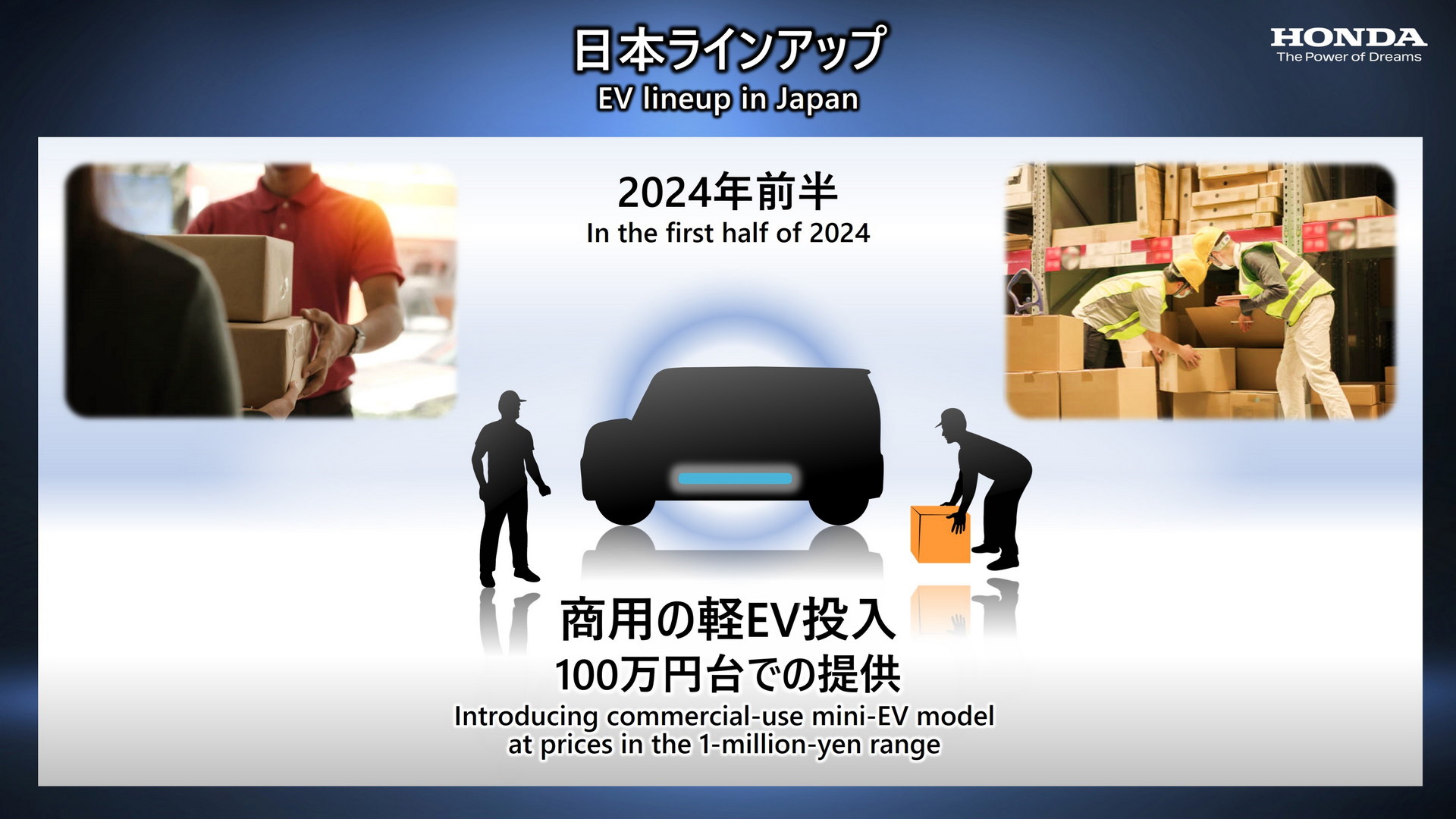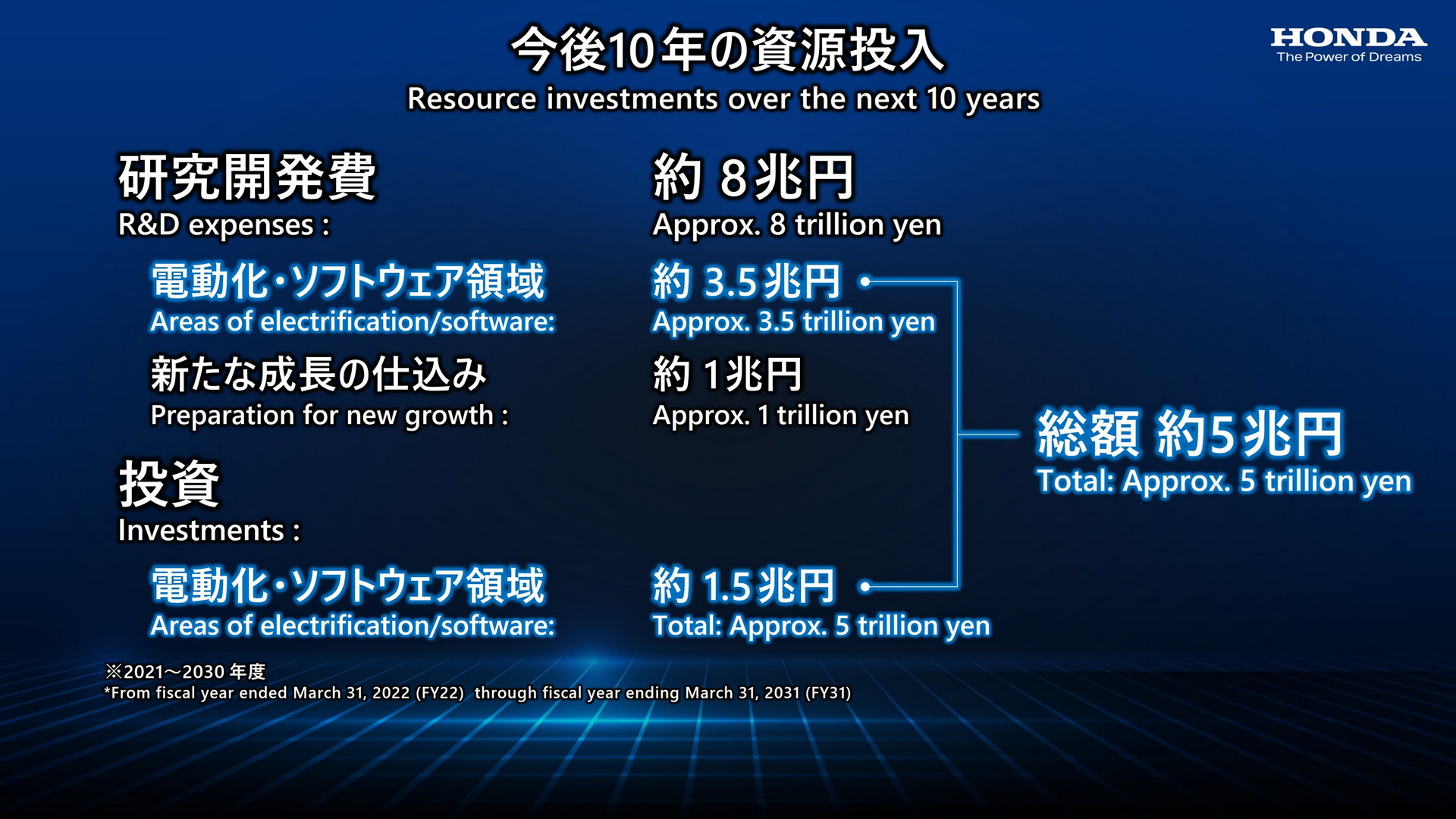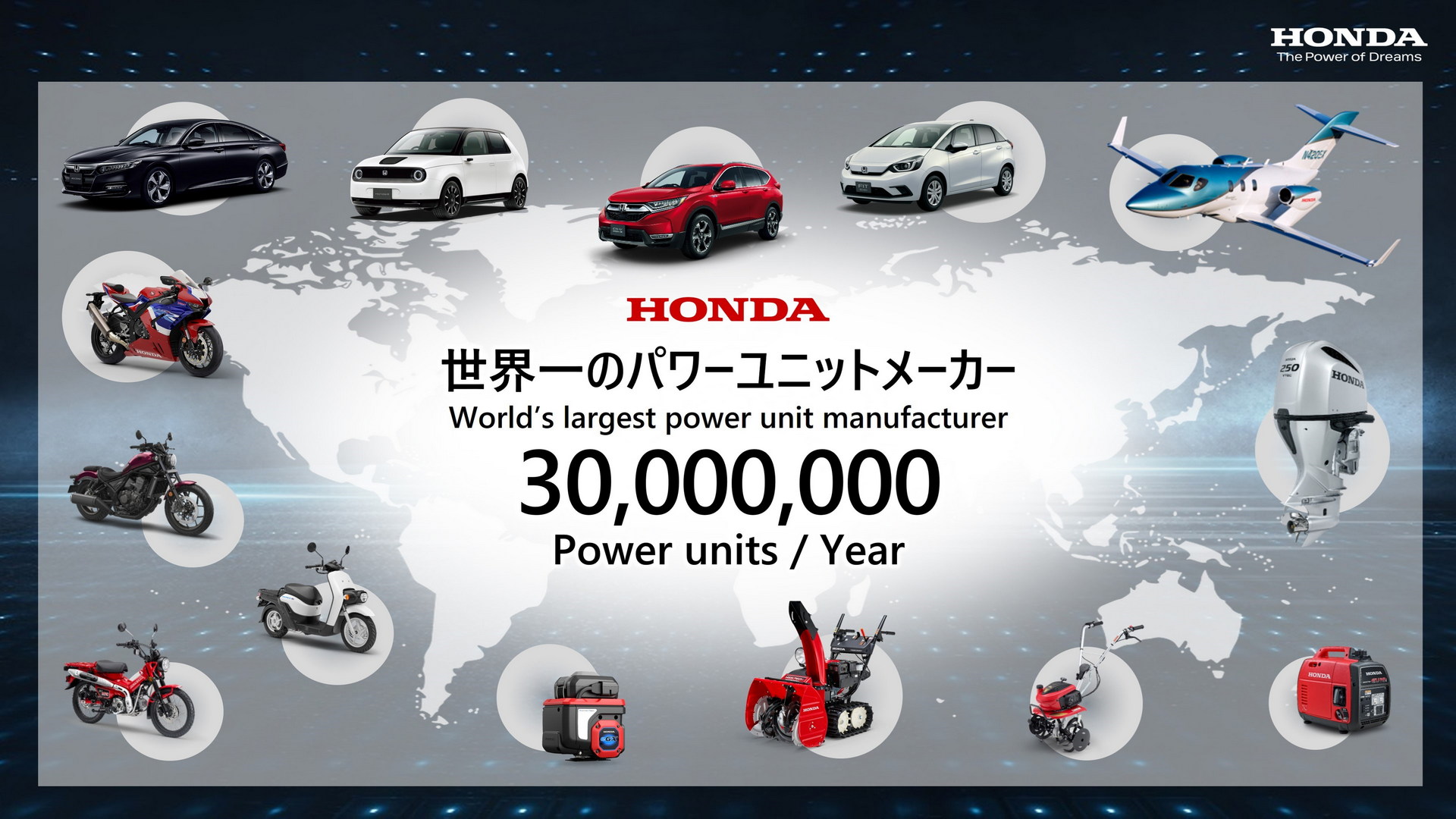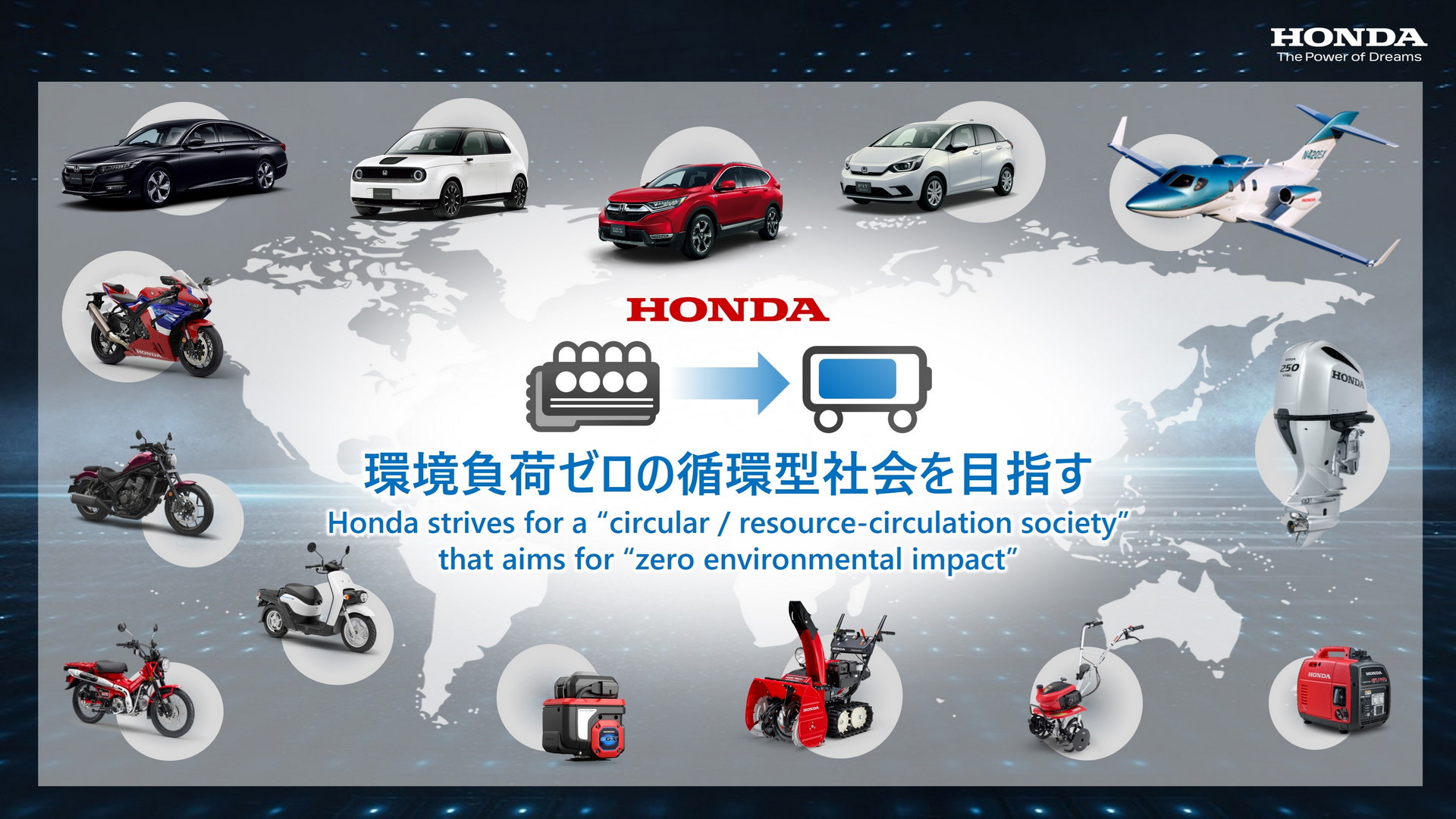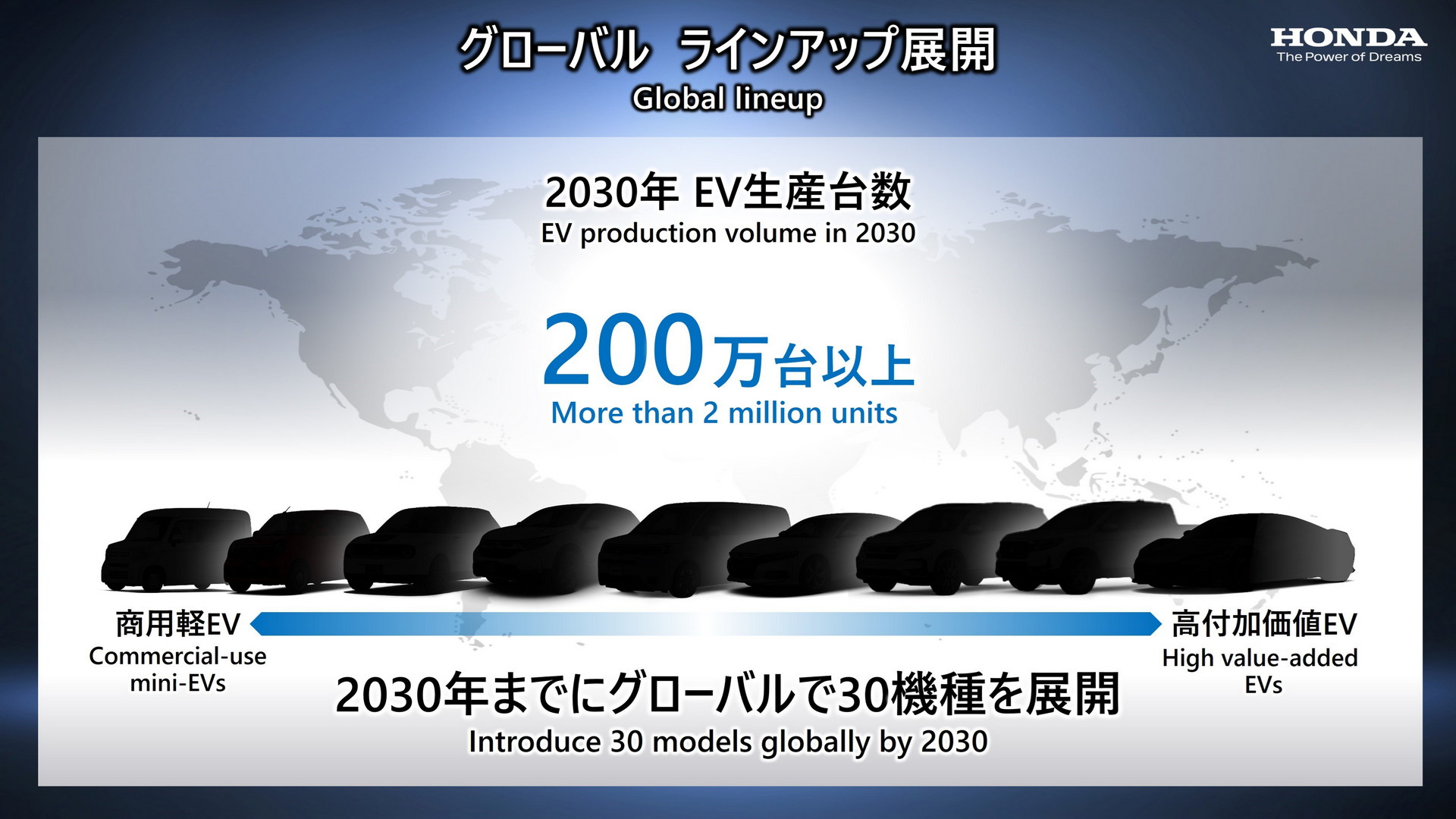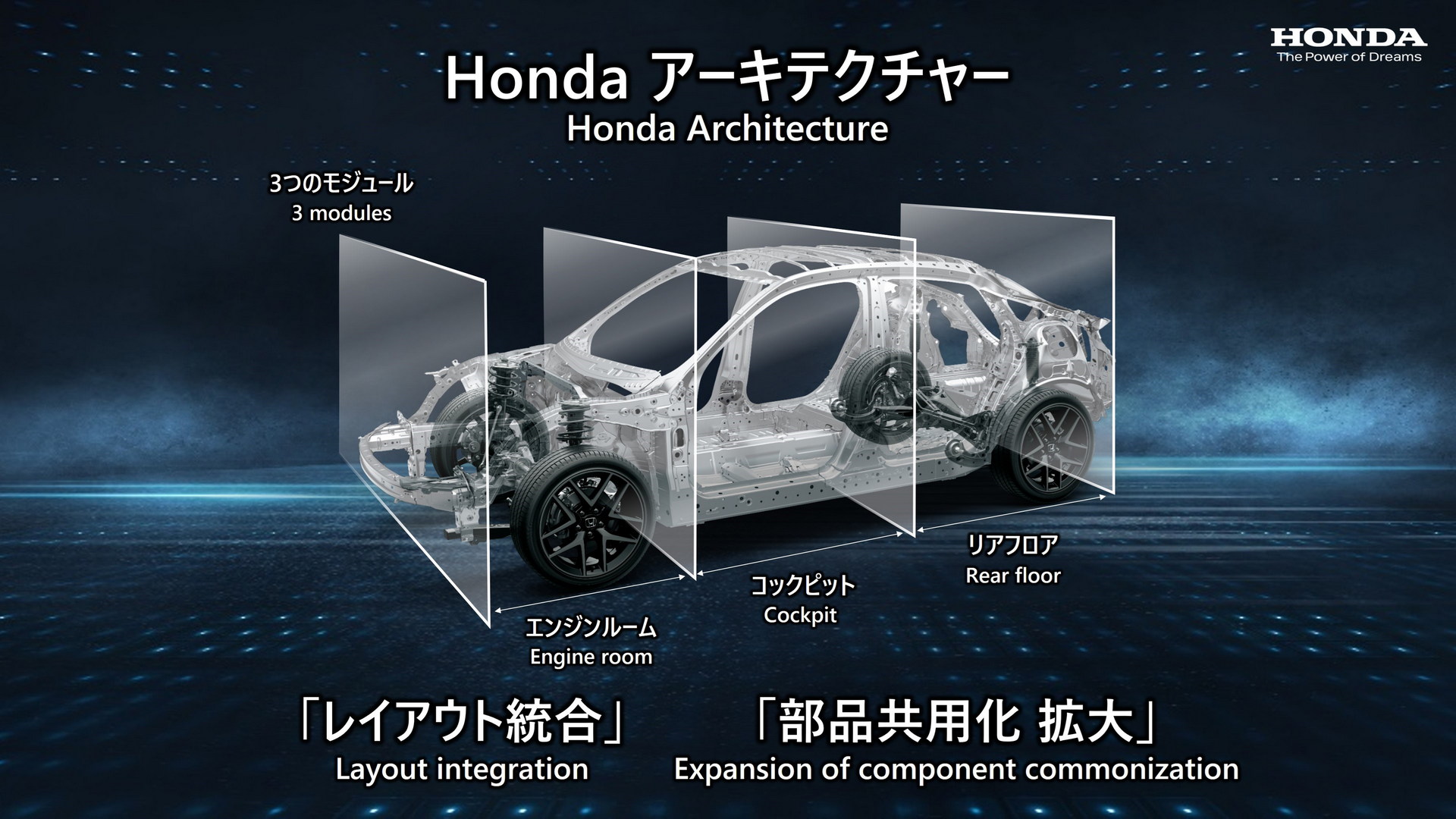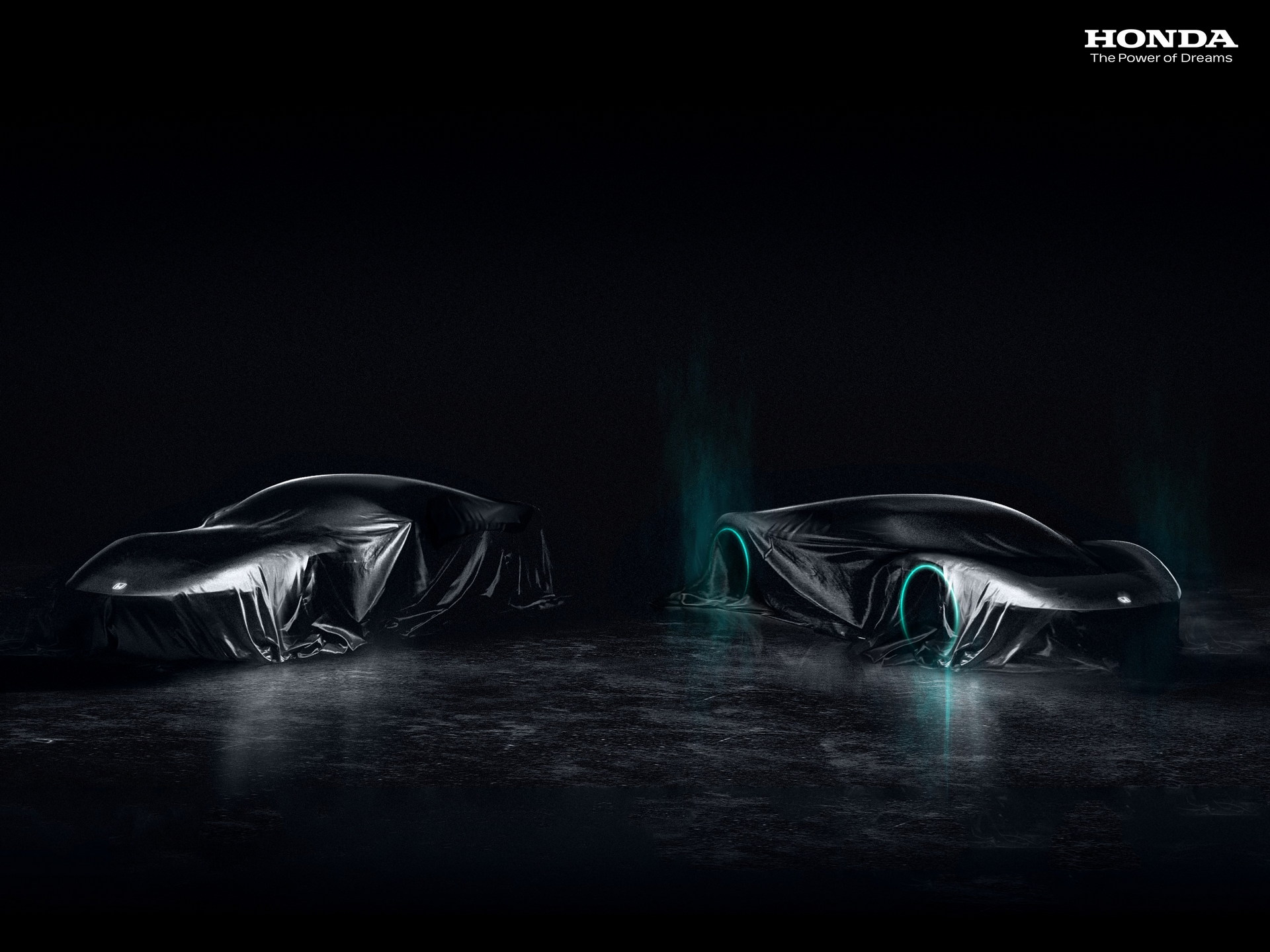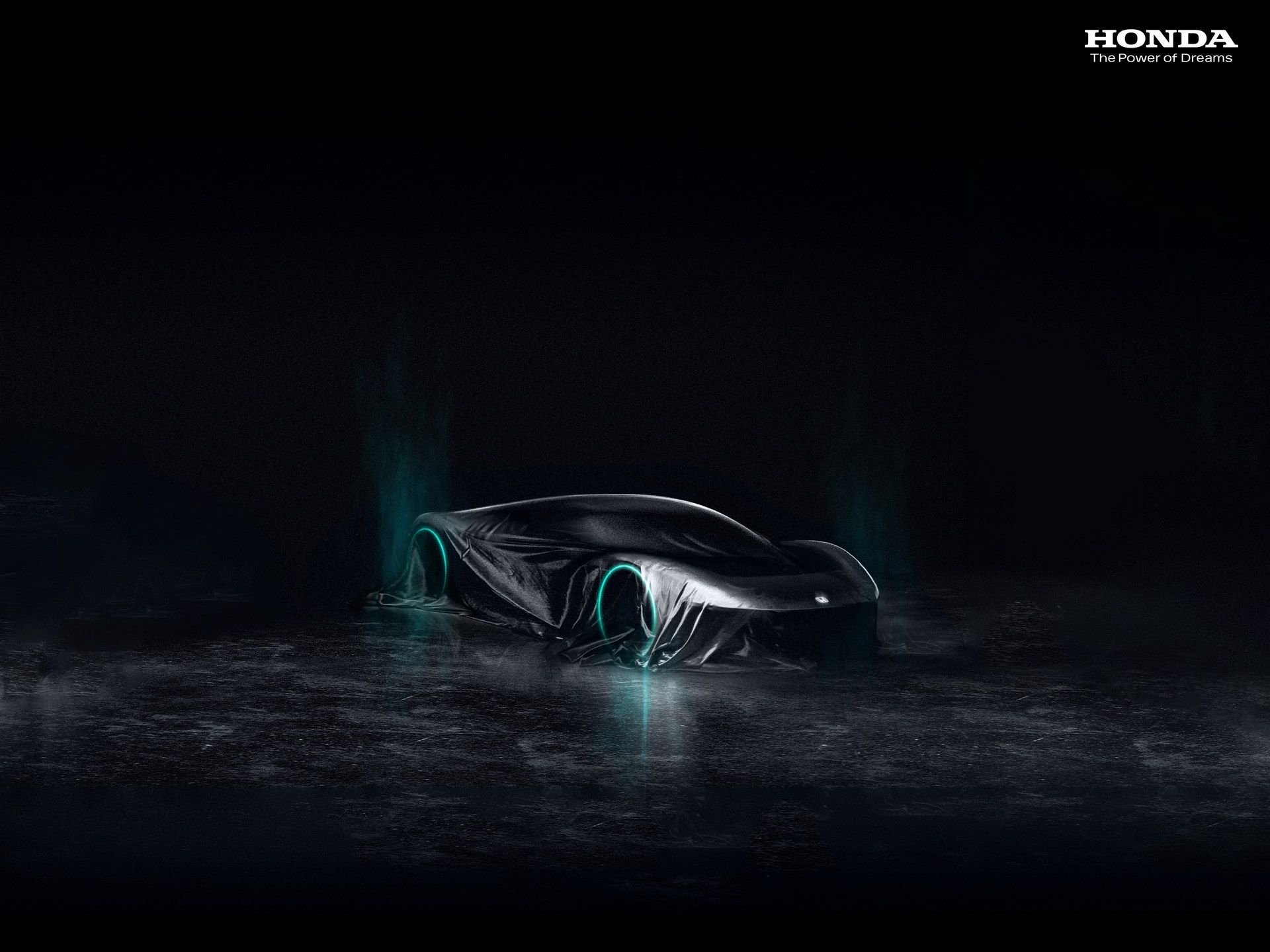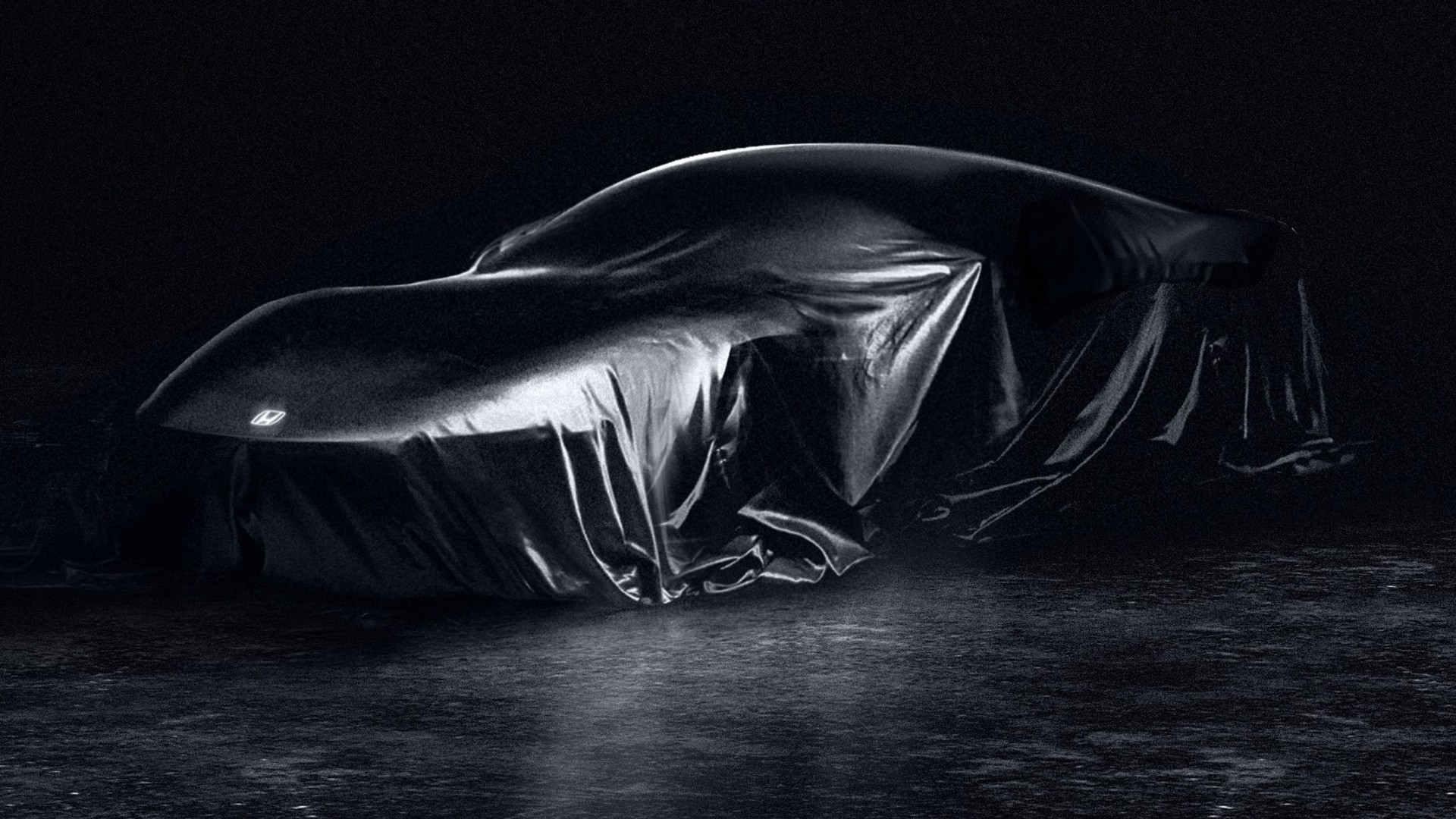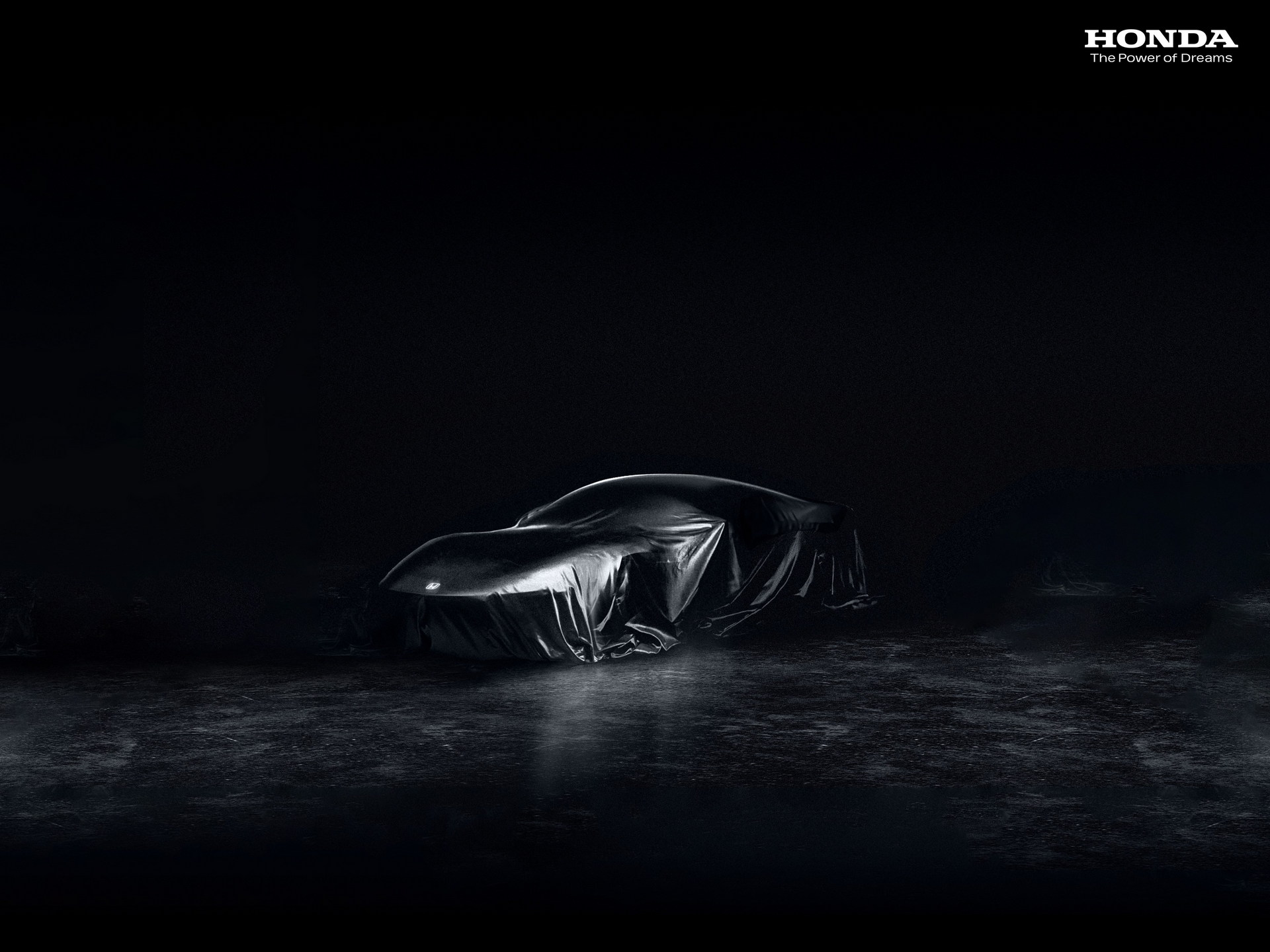Honda announced a new strategy for the next decade pledging to invest ¥5 trillion ($40 billion) in electrification and software. The automaker will launch 30 EVs globally by 2030, including two electric sportscars, with the goal of producing more than 2 million EVs annually by then.
Region-Focused EV Launches
Starting with the new models, the 30-member EV lineup includes different kinds of models for different regions. In North America, Honda will debut two electric SUVs in 2024 that were jointly developed with General Motors – the Honda Prologue and a yet unnamed Acura model. In the same year Honda will introduce an affordable mini-EV LCV in Japan, priced at ¥1 million (approximately $8,000), followed by other passenger mini-EVs and electric SUVs. The automaker is also planning on debuting 10 new EV models in China by 2027, in order to meet the growing demand of Chinese customers.
See Also: Honda e:N Coupe And SUV Concepts Think It’s Hip To Be Square
As for the two sportscars, those include a “speciality” vehicle and a “flagship” model aiming to pass on the “joy of driving” to the electric era. While we don’t have a set date for their debuts, the so called flagship model could be a successor to the Honda/Acura NSX which is near the end of its lifecycle.
Moving on to the second half of the decade, Honda will roll out its new EV-dedicated platform called Honda e: Architecture starting from 2026, combining the latest hardware and software. Then, a series of “affordable EVs” will debut in 2027 starting from North America as a result of the Honda and GM alliance. The automaker suggests that those models will be competitive to gasoline-powered vehicles both in terms of cost and driving range.
Batteries And EV Production
Honda announced it will build a dedicated EV production line in North America, alongside two new EV plants in China, in Guangzhou and in Wuhan, to support the 2-million EV annual production target. In order to produce all those EVs, Honda needs lots of batteries, thus it will be strengthening external partnerships. In North America, Honda will source Ultium batteries from GM, while exploring new joint ventures for battery production. In China, the automaker will strengthen its collaboration with CATL, while in Japan, mini-EVs will use batteries from Envision AESC.
Finally, the Japanese brand will invest ¥43 billion ($342 million) in solid-state batteries with demonstration production set to start in spring 2024. The first production model with solid-state batteries will be introduced in the second half of the decade. The total R&D cost for the next decade is budgeted to ¥8 trillion ($64 billion).
Streamlining Business, Software-Related Services, And Carbon Neutrality
Besides launching new models, Honda wants to make more money from software-related services, approaching its electrified products as “terminals” connected by a “cross-domain platform”. This will be helped by new alliances with other business sectors, plus investing in startups.
Honda is rearranging its organizational structure with a focus on technology and the newly created Business Development Operations (electrified products and services, battery, energy, Mobile Power Pack, hydrogen and software/connected technologies), replacing the previous product-related division (automobiles, motorcycles, power products). The company has streamlined its current business, on track to reduce costs by 10% since 2018. The number of variations (trim and optional equipment) of global models has more than halved since 2018, moving towards the goal of reducing it to one-third by 2025.
In line with the global trend of decarbonization, Honda wants to achieve carbon neutrality for all of its products and corporate activities by 2050. However, this goal is not going to be achieved by a “mere replacing of engines with batteries”, but with a “variety of solutions for all of its mobility products” tailored to each region. Despite recently discontinuing the sole hydrogen fuel-cell vehicle in its lineup (Clarity), Honda still believes in hydrogen as well as swappable batteries although no specific timeline was given for those.




